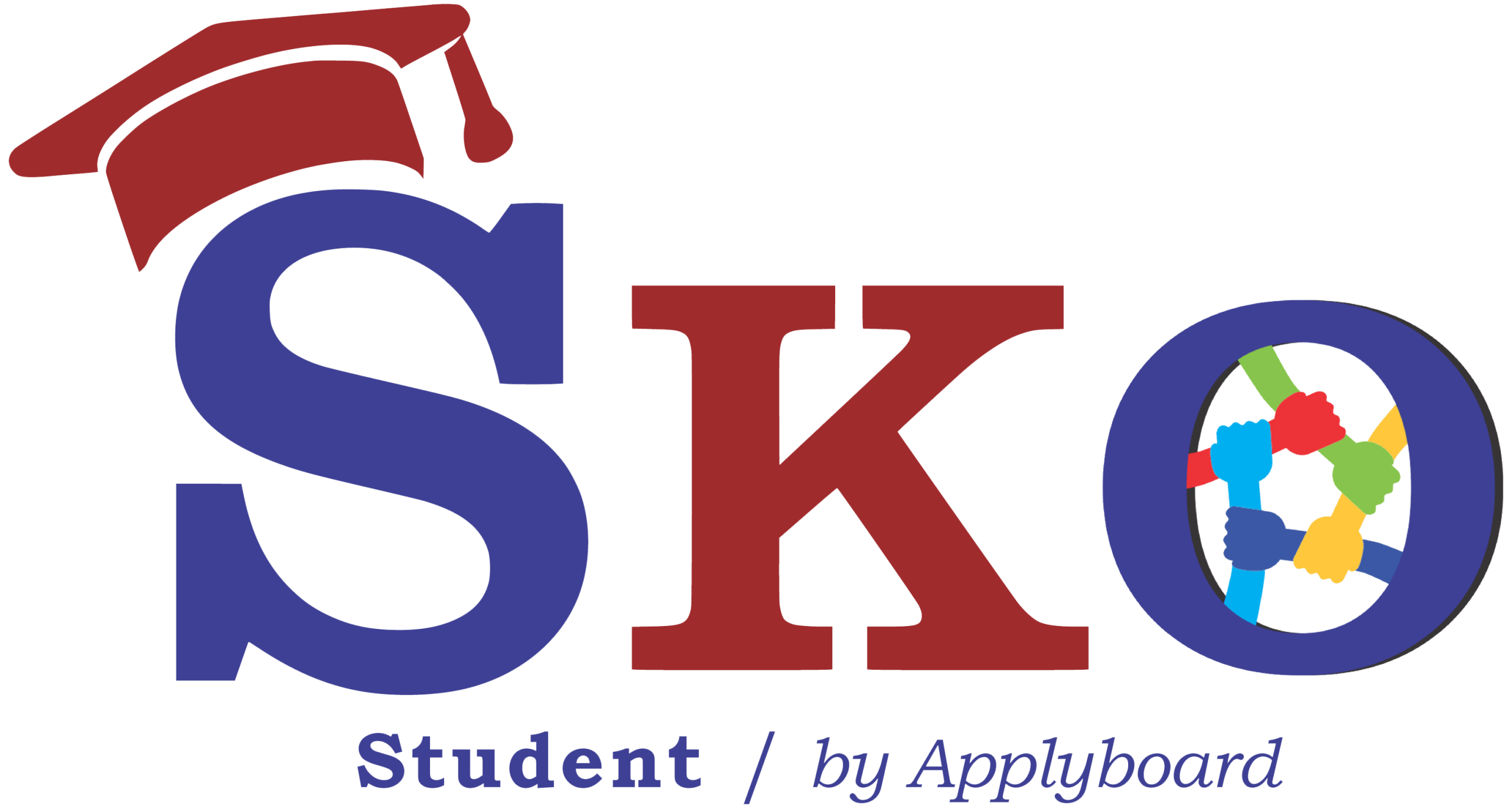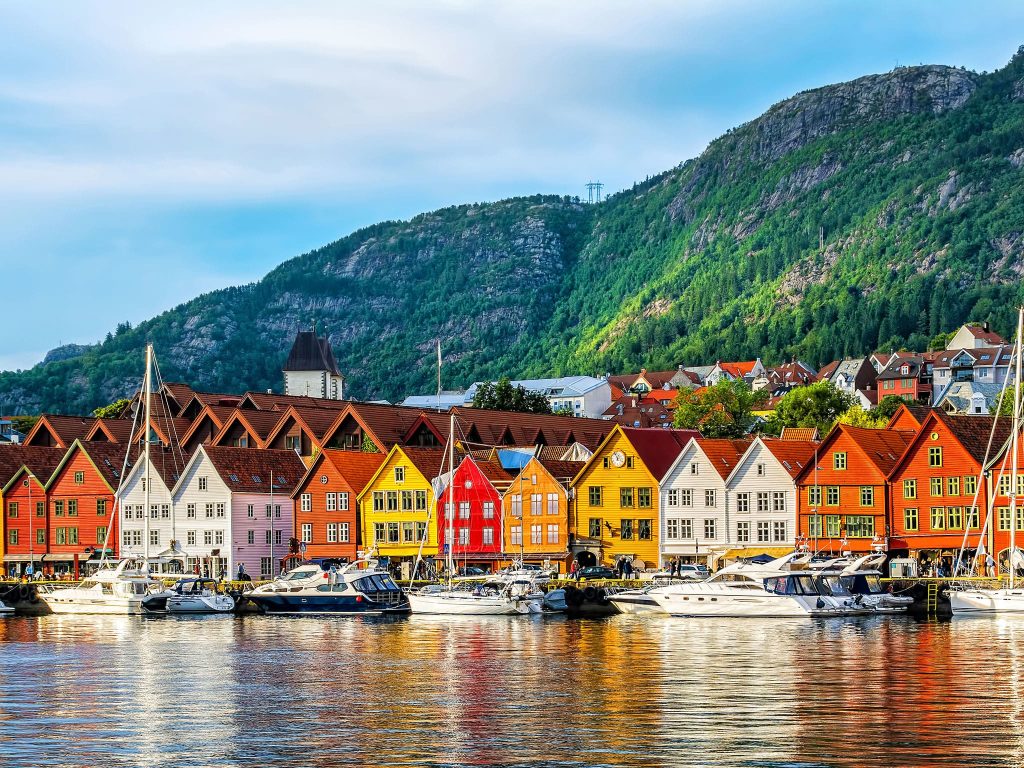Education in Norway
Norway is the most beautiful country in Scandinavia, including the world. This country has been considered the most beautiful place to live in the world for several years. Despite being a somewhat expensive country, the entire education system here is free. There is no tuition fee. Previously, this education system belonged to other Scandinavian countries, but currently, education is accessible only in Norway.
Scandinavian countries are generally known for their peaceful lifestyle and high education systems. Education is also solid in Norway. Norway’s University of Oslo is among the 50 best universities in the world. Every year, countless students from many countries come to study without registration. Students only pay for living expenses. This indicates the quality of education in Norway. In Norway, children go to first grade at the age of six. Here, high school is a decade, and this decade of high school can be grouped into three stages:
- Primary stage I (primary stage) grades 1-4
- Primary class II (intermediate stage) grades 5-7
- Middle school (lower secondary stage) grades 8-10
After students finish 10th grade, education is not compulsory. People decide according to their choice. Those who want to continue their education receive the so-called post-compulsory secondary education (grades 11-13) between the ages of 16 and 19.
In Norway, the school year starts in August, ends in the middle, and sometimes at the end of June. It is available in optional subjects along with compulsory subjects. For example, students can choose German and French in addition to English.
Undergraduate studies in Norway
Although many countries worldwide have bachelor’s programs in English, Norway does not have a bachelor’s program in English. Those who wish to study for a bachelor’s degree here must learn Norwegian. Because all the bachelor programs here are in Norwegian, you should learn Norwegian if you want to study for a bachelor’s degree in Norway.
Master’s studies in Norway
90% of those who study in Norway go for a master’s degree. Because, as we mentioned above, there is no English-language bachelor’s education here. However, unlike the bachelor’s degree, there are English-language programs for master’s education. Since the education system in Norway is free, the number of people who come here for a master’s or doctoral degree is exceptionally high. The competition is so great that getting into top universities here, such as the University of Oslo, has been challenging just by finishing high school.
When considering admission, Norwegian universities consider not only university grades but also additional qualifications and work experience. For this reason, it is essential to consider such factors when submitting a document to these countries.
Masters in Norway
You can study in many English language programs in Norway. Many options are available in law, humanities, mathematics, engineering, and architecture.
Free master’s education in Norway
The master’s program in Norway is free. Monthly (food, drink, shelter) is 1000 euros. You can cover most expenses by working with your part-time work permit in Norway. Only because Norway has a smaller number of young people, students find work more efficiently. Therefore, you can cover most of your living expenses by working part-time.
Required document
- Bachelor’s degree
- IELTS 6.0
- Financial opportunities
- Letter of recommendation (reference)
- Additional qualifications
- Apply one year in advance
You must ensure your stay once you have been admitted to any university in Norway. You can take advantage of three options for accommodation.
- To your account
- On account of QUOTA Scheme scholarship
- At the expense of the Ministry of Education
Studying in this country is more profitable and valuable compared to other countries. Because education is free, you only need money to survive. In other countries, the tuition fee starts from 10,000 dollars. On the other hand, the Ministry of Education also realizes the wish of those who want to study here financially. If the priority given by the Ministry of Education is a qualification, 90% of the Ministry will finance it. Studying in this country is of interest to international students.
Scholarship in Norway
Since Norwegian public universities do not have tuition fees, scholarship opportunities are not extensive. Although there are scholarship opportunities, these programs are usually reserved for citizens of financially very poor countries. For the coming years, the Ministry of Education or the State Oil Company will take a continuous step for scholarship issues in this country.
Language of education in Norway
Norwegian universities teach mainly in Norwegian. 97% of undergraduate education is in Norwegian. It is possible to find more programs in English at the master’s and doctoral levels.
Norwegian universities require applicants to confirm their language skills with international language certificates such as IELTS and TOEFL.
Norwegian universities
Norwegian public universities have almost no tuition fees. No tuition fees apply to undergraduate, graduate, and doctoral programs. Norwegian private universities have tuition fees and are pretty expensive. For example, the 1-year tuition fee for a master’s program in Business Analytics at the Norwegian Business School is 10,000 euros. A lot depends on the status of the university. There are seven universities, seven specialized institutes at the university level, 24 state collegiate universities, two state art institutes, two private collegiate universities, and 31 private institutes (22 of which receive some financial assistance from the state) in the country. Of the approximately 195,000 higher-education students, 24,500 attend private colleges or universities.
Top 5 universities in Norway
University of Oslo
Oslo University of Architecture and Design
Norwegian University of Technology
University of Stavanger
Norwegian University of Life Sciences
Language of education in Norway
Norwegian universities teach mainly in Norwegian. 97% of undergraduate education is in Norwegian. It is possible to find more programs in English at the master’s and doctoral levels.
Norwegian universities require applicants to confirm their language skills with international language certificates such as IELTS and TOEFL.
Norwegian study visa
International students coming to Norway to study must apply for a long-term visa (stay longer than 90 days). The visa fee is 35 euros.
Documents required for visa are as follows:
- Foreign passport
- Reservation of departure and return tickets
- Reference from the institution where you work or, if you are a student, from the educational institution where you are studying
- Proof of payment of necessary expenses or bank statement
- Statement of your bank transactions for the last six months
- Voucher of your booked hotel or invitation letter sent to you
- Health insurance for the entire duration of the trip and all Schengen countries for at least 30,000 euros
- Photo 3.5×4.5 cm
- Ready application form
- Copy of identity document and foreign passport
Living in Norway
The semester fee at state universities ranges from 30 to 80 euros. This is considered an administrative cost, and students are not required to pay for transportation, which offers many opportunities. The average tuition fee in Norwegian private higher education institutions is 8,000 – 21,000 euros. Tuition fees vary by university and program. Although public universities have low tuition fees, the average monthly living expenses are high. Students need approximately 700-1300 euros to cover average monthly living expenses. A study visa allows students to work at least 20 hours per week. Students can use this opportunity to cover some of their monthly living expenses.
Tuition and living expenses
- For state universities per semester: €30 – €70,
- The average for Private Universities varies between €8000 – €20000,
- Living expenses are approximately €6,000 per year, considered very affordable compared to European countries.

